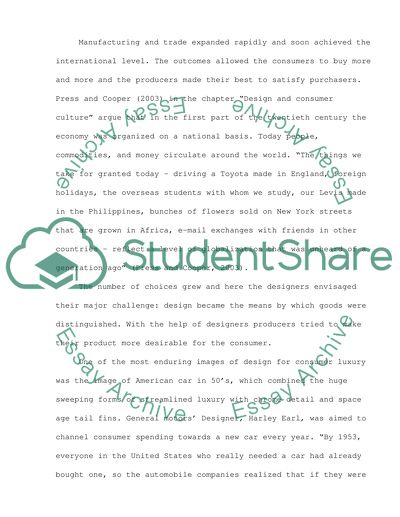Cite this document
(“Design in its Golden Age Essay Example | Topics and Well Written Essays - 2000 words”, n.d.)
Retrieved from https://studentshare.org/architecture/1512244-design-in-its-golden-age
Retrieved from https://studentshare.org/architecture/1512244-design-in-its-golden-age
(Design in Its Golden Age Essay Example | Topics and Well Written Essays - 2000 Words)
https://studentshare.org/architecture/1512244-design-in-its-golden-age.
https://studentshare.org/architecture/1512244-design-in-its-golden-age.
“Design in Its Golden Age Essay Example | Topics and Well Written Essays - 2000 Words”, n.d. https://studentshare.org/architecture/1512244-design-in-its-golden-age.


